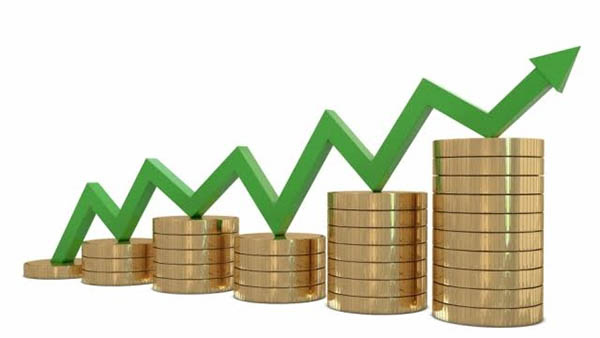The World Bank has forecast that Nigeria’s economy would grow 2.5% on modest rise in commodities prices and strengthening external demand, a basis point less than regional forecast of 2.6 percent, according to the Bretton Woods institution’s June Global Economic Prospects released Monday.
The revised forecast is 1.5 percent higher than the one percent it earlier forecast for the country in January, 2017.
However, the downside risks to the outlook include insufficient adjustment to low commodity prices, weaker improvements in commodity prices, stronger-than-expected tightening of global financing conditions, and political uncertainty.
According to the outlook, oil prices are expected to average $53/bbl in 2017, up 24 percent from 2016, but $2/bbl less than January forecasts. Large stocks are expected to unwind during the second half of the year. This will support an increase in oil prices to $56/bbl on average in 2018, down $4/bbl from January projections.
“These forecasts reflect expectations of increased U.S. shale oil production following productivity gains that have reduced costs considerably, as well as an extension of production cuts by OPEC and non-OPEC producers until March 2018,” the report claimed.
The outlook pointed out some risks for oil prices.
“Downside risks for oil prices arise mainly from the resilience of the U.S. shale oil industry or weak compliance to the production cuts. Conversely, further disruptions among politically stressed producers (e.g., Iraq, Libya, Nigeria, República Bolivariana de Venezuela), as well as commitments to additional production cuts into 2018, could temporarily lift prices.”
For sub-Saharan Africa, growth is projected to recover in 2017 to 2.6 percent, reflecting a modest rise in commodity prices, strengthening external demand, and the end of drought in several countries.
“The recovery is proceeding at a slightly more moderate pace than anticipated in January, reflecting in part the longer-than-expected adjustment among some large commodity exporters to low commodity price prospects, as well as heightened political uncertainty in South Africa,” said the report.
The report indicated that global growth would strengthen to 2.7 percent in 2017 amid a pickup in manufacturing and trade, rising confidence, favorable global financing conditions, and stabilizing commodity prices.
On the other hand, growth in advanced economies is expected to accelerate to 1.9 percent in 2017, a benefit to their trading partners. Growth in emerging market and developing economies will recover to 4.1 percent this year, as obstacles to activity diminish in commodity-exporting countries.
Growth is equally projected to gain strength in both advanced economies and emerging market and developing economies (EMDEs).
According to the World Bank, global trade growth, a major driver, has firmed and is expected to outpace GDP growth after two years of marked weakness. The pickup in global trade partly reflects a bottoming out of global investment, which is relatively import-intensive.
“Solid growth in non-resource intensive countries is continuing into 2017, as expected. However, in some countries, drought continues to weigh on agricultural production. Growth is projected to pick up to 3.4 percent in 2018-19.”
Global financing conditions are also projected to remain benign. The projected recovery in EMDEs is largely driven by expectations of diminishing obstacles to activity in commodity exporters
Downside risks to global growth include rising protectionism, high policy uncertainty, and the possibility of financial market disruptions. U.S. monetary policy has tightened gradually so far, but a faster pace would impact global financing conditions. Inflation has eased among EMDE commodity exporters, allowing room for cuts in policy interest rates. With deficits prevailing across EMDEs, and debt on a rising path, especially in commodity exporters, fiscal space remains constrained.














